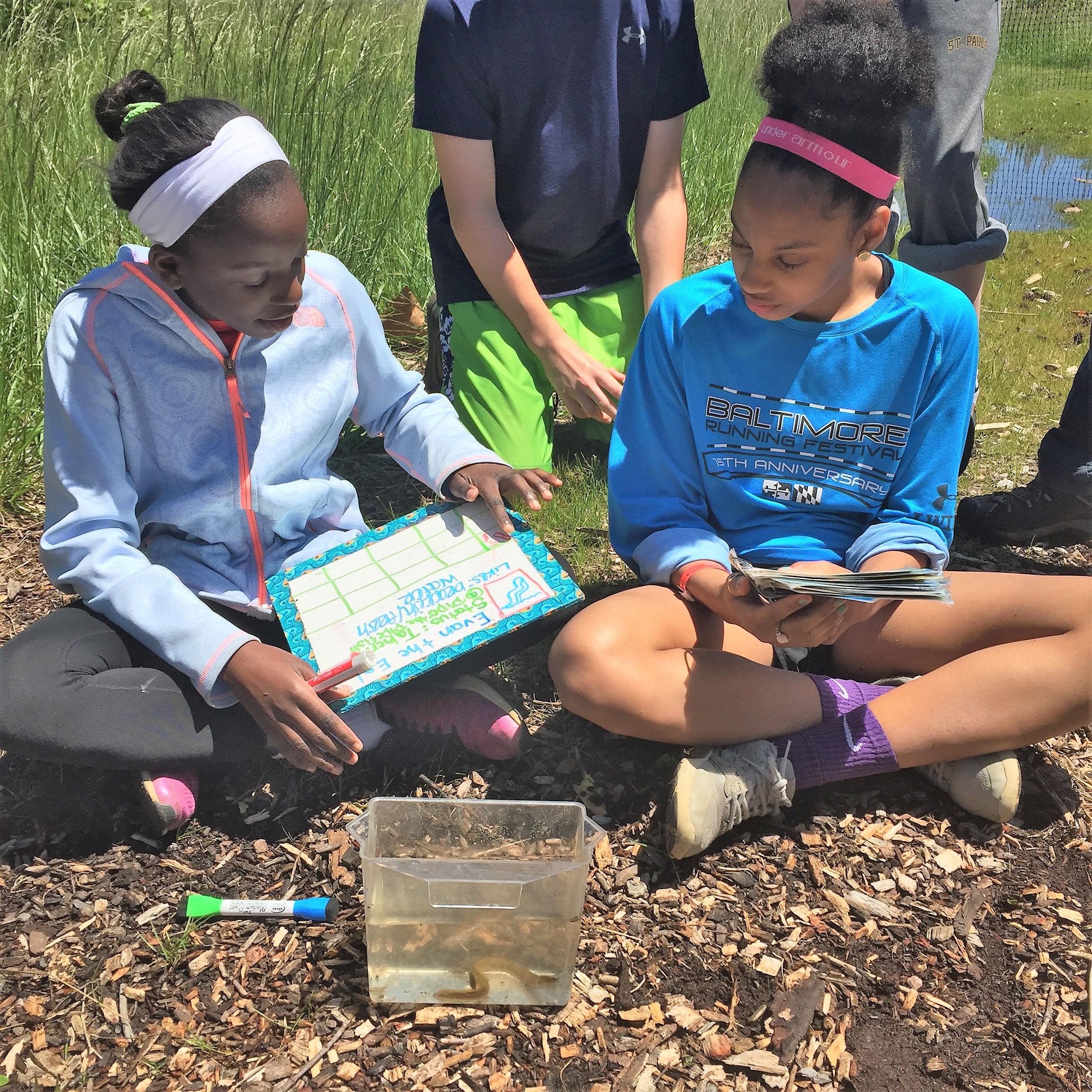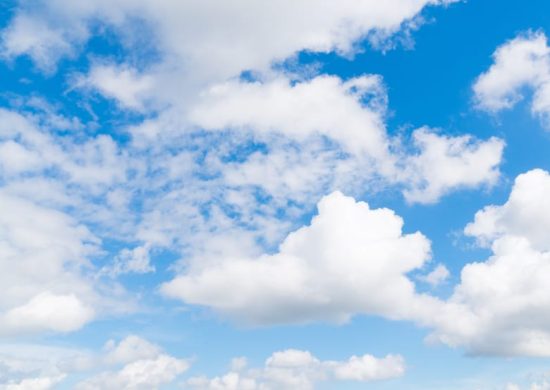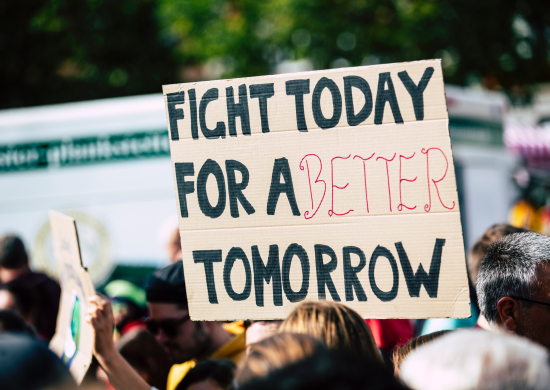When I was a young boy, I went to a school outside of Philadelphia where part of nearly every day found me running in the woods that ringed campus, playing in a creek, and basking in nature. These experiences imprinted vivid memories that, four decades later, I can recall easily as I write this in my office in a San Francisco skyscraper.
Just east of here, our trustee Randi Fisher’s connection to the environment was kindled growing up in Sacramento, California, where she spent time fishing and enjoying the open spaces of California’s Central Valley with her family.
Looking back, I’m convinced those experiences shaped the trajectory of my life and career, making the environment integral to who I am, what I do, and what I care about. I know Randi feels the same way about her time outdoors.
These experiences carry over to the Pisces Foundation. What enriched Randi and me when we were kids can make a difference for all who are fortunate to spend time in nature. Environmental education teaches children, from the earliest ages, to be good stewards of our environment. While it doesn’t tell young people how to think, environmental education does teach kids to be better-informed members of their community.
But environmental education also bestows a wider range of benefits. We know now that environmental learning sticks with kids more than traditional learning, fuels interest in science, and sparks the curiosity that makes kids better learners, including in math and the language arts. It also improves health and wellness, because play outdoors improves children’s mental and physical health. Environmental education strengthens children’s self-esteem, leadership, and character, and enhances social justice by leveling the playing field across genders and ethnicities.
Because of this powerful set of attributes, at the Pisces Foundation we want to help make environmental education part of children’s everyday experience. We believe that, together with partners, we can help systematically stitch together and elevate the work being conducted in the environmental education field. The result over time: improved environmental literacy across the country.
Under the leadership of senior program officer Jason Morris, a former environmental educator himself and a field leader, we are pursuing this goal by bolstering the stature of the environmental education field as a whole and strengthening each part of it, from formal in-school education to after-school programs, from basic research to new policy initiatives. Jason works closely with program associate Kaylee Mulligan, who brings to our work her experience in multiple organizations working to build environmental know-how.
On the school campus, we seek out model programs that can be scaled nationally—such as green schoolyards and cutting-edge citizen science platforms fueling environmental education-rich learning in and out of the classroom.
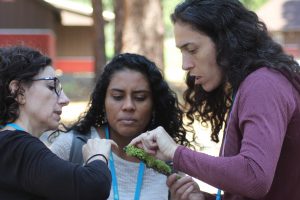 There’s also an opportunity to bolster the many existing programs that provide environmentally focused after-school activities, school field trips, service learning, and summer camps, all of which offer great venues for high-quality environmental education. Focusing on middle and high school, the Pisces Foundation funds professional development efforts that “teach the teachers” to strengthen the quality of programs offered.
There’s also an opportunity to bolster the many existing programs that provide environmentally focused after-school activities, school field trips, service learning, and summer camps, all of which offer great venues for high-quality environmental education. Focusing on middle and high school, the Pisces Foundation funds professional development efforts that “teach the teachers” to strengthen the quality of programs offered.
Professional development does not occur in a vacuum. Like many important efforts in the field, it can be shaped best by strong, science-based research. That’s why the Pisces Foundation is supporting academic research at major universities and efforts to summarize and make existing research more accessible to practitioners.
Most states, aware of an impressive body of existing research and seeing the benefits of environmental education described above, have completed environmental literacy plans (ELPs). ELPs do at a state level what our Foundation seeks to do across the field: power environmental learning by stitching together existing and new efforts so that the sum of the parts exceeds the whole. We are supporting educators and others who are working to implement these plans from California through the South to the Mid-Atlantic states on the East Coast.
Beyond increasing the quality and quantity of environmental education for all young people in the U.S., the Pisces Foundation also helps develop the environmental education field by bringing more funders together to support it through the Blue Sky Funders Forum. We launched this endeavor three years ago to promote greater visibility and increased funding for equitable and inclusive environmental education for all young people.
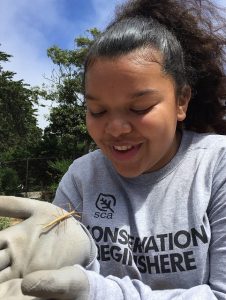
All of our efforts come down to this: when kids gain the environmental know-how they need to thrive in our rapidly changing world, we’ll see smarter decisions, stronger communities, and daily actions that improve their well-being and our planet. In short, we’ll get closer to our Foundation’s vision of people and nature thriving together.
I didn’t know I’d be a part of this effort when, during school recess, my friends and I were jumping from stone to stone in Ridley Creek. But there’s something fitting about it, just the same.
___________________
(1) Photo credit: Ten Strands
(2) Photo credit: Chesapeake Bay Foundation
(3) Photo credit: BEETLES
(4) Photo credit: Student Conservation Association


